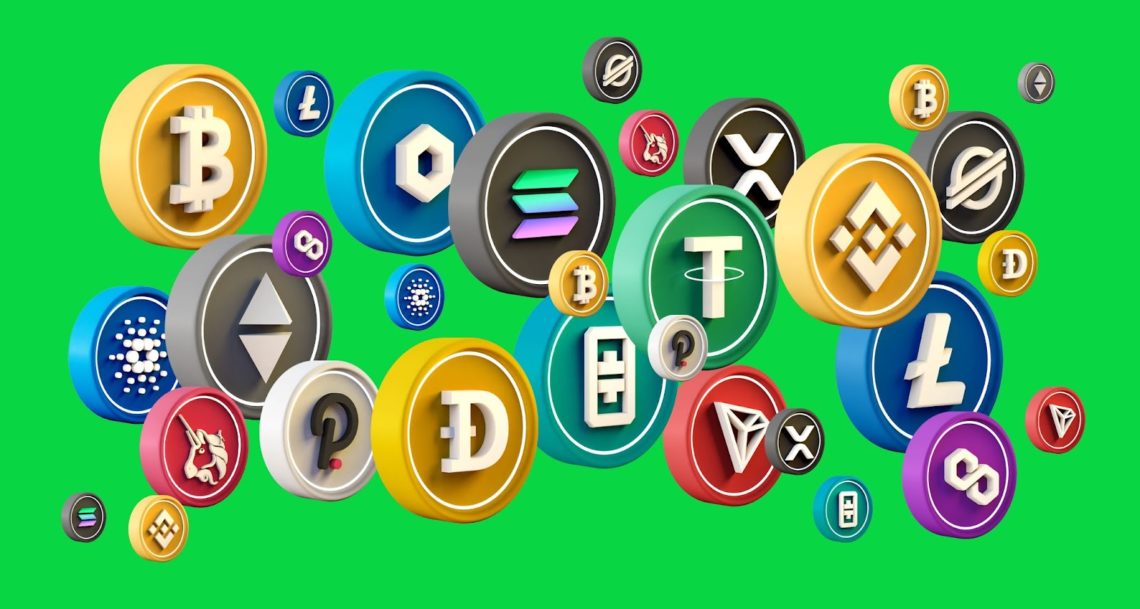A new crypto gem has entered the market. Uniglo (GLO) just started its first presale last July 15 and has been catching the attention of analysts and prospective investors.
Unlike most other cryptos, Uniglo wants to focus on managing an asset-backed treasury, empowering its community of investors, and genuinely growing its token value over the long term.
To better understand this new crypto gem, let’s compare it with three cryptos you might be more familiar with.
Uniglo (GLO) vs. Dogecoin (DOGE)
First, let’s compare Uniglo with Dogecoin.
Dogecoin was a cryptocurrency created as a joke, poking fun at the speculation around cryptocurrencies at that time. Fortunately, it later turned out to be an asset with strong investment potential. But, today, it remains to be known as the “meme coin.” Its value goes up and down, depending on the market and whale behavior. A few days ago, it traded 78,000% above its all-time lows, but this only goes to show how volatile DOGE can be.
On the other hand, Uniglo developers are bringing their crypto gem to the market with a serious vision. Uniglo was created with the intention of providing token holders with a sustainable investment option. Unlike Dogecoin, the token GLO is tethered to various assets, including asset-backed NFTs and digitized gold, which helps counter volatility.
Uniglo (GLO) vs. Stellar (XLM)
Second, let’s look at how Uniglo differs from Stellar.
Stellar is a blockchain-based network for cross-border transfer and payments. As such, it has a strong connection with fiat money. It does not support the trading of gold-backed cryptocurrencies. However, it does facilitate the exchange of NFTs.
Uniglo, however, is not about making payments; rather, it’s about asset ownership and management. The protocol does not facilitate the exchange of NFTs and digital assets. Instead, it is designed to provide investors with long-term fractionalized ownership of such assets.
Uniglo (GLO) vs. Ethereum (ETH)
Lastly, let’s compare Uniglo with Ethereum.
Similar to Stellar, Ethereum is about sending and receiving value globally. Ethereum is a blockchain-based software platform that has multiple functions. It is, of course, the second leading crypto in the world, next to Bitcoin.
Again, Uniglo is not focused on exchanges. Instead, it is geared toward the long-term holding of tangible and intangible digital assets that are projected to appreciate over time. Uniglo, however, is similar to Ethereum in a way–it is not afraid of massive token burns. Indeed, Uniglo takes on a hyper-deflationary token model. Last March, Ethereum burned almost $6 billion worth of ETH. However, token burns don’t happen regularly with Ethereum.
Final takeaway
Uniglo is a newcomer to the crypto space, but it is making waves among prospective investors. It brings something new to the table, which could spell massive long-term gains for those who buy into it today.
Learn More Here:
- Join Presale: https://presale.uniglo.io/register
- Website: https://uniglo.io
- Telegram: https://t.me/GloFoundation
- Discord: https://discord.gg/a38KRnjQvW
- Twitter: https://twitter.com/GloFoundation1
Disclaimer: Any information written in this press release or sponsored post does not constitute investment advice. Thecoinrepublic.com does not, and will not endorse any information on any company or individual on this page. Readers are encouraged to make their own research and make any actions based on their own findings and not from any content written in this press release or sponsored post. Thecoinrepublic.com is and will not be responsible for any damage or loss caused directly or indirectly by the use of any content, product, or service mentioned in this press release or sponsored post.
For publishing articles on our website get in touch with us over email or one of the accounts mentioned below.


 Home
Home News
News










